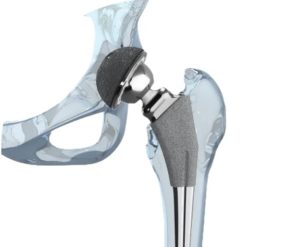Most schools aren’t even in session yet and already there’s been a rash of reports of young athletes suffering from heat stroke with an alarming number of potentially heat-related fatalities, including two 16 year-olds in Georgia; a 55 year-old coach in Texas, a 16 year-old in Florida, and a 14 year-old in South Carolina. The heat led many schools and school systems to cancel or curtail outdoor practices.
On the heels of these developments comes the release today of newly revised guidelines from the American Academy of Pediatrics (AAP) for managing student athletes in extreme heat situations.
“Most healthy children and athletes can safely participate in outdoor sports and activities in a wide range of warm to hot weather, but adults sometimes create situations that are potentially dangerous,” said Stephen G. Rice, MD, FAAP, co-author of the policy statement and a former member of the executive committee of the AAP Council on Sports Medicine and Fitness.
“Heat illness is entirely preventable if coaches and other adults take some precautions to protect the young athletes.”
Among the recommendations:
- Providing risk-reduction training for coaches, trainers and other adults.
- Ensuring trained staff are available on-site to monitor for and promptly treat heat illness.
- Educating children about preparing for the heat to improve safety and reduce the risk for heat illness.
- Allowing children to gradually adapt to physical activity in the heat.
- Offering time for and encouraging sufficient fluid intake before, during and after exercise.
- Modifying activity as needed given the heat and limitations of individual athletes.
- Practices and games may need to be canceled or rescheduled to cooler times.
- Providing rest periods of at least 2 hours between same-day contests in warm to hot weather.
- Limiting participation of children who have had a recent illness or have other risk factors that would reduce exercise-heat tolerance.
- Developing and having in place an emergency action plan.
The revised policy focuses on what factors put kids in danger of exertional heat illness and how adults can modify youth athletic activities to minimize heat illness risk. The policy includes a detailed list of risk factors and possible modifications. But the new statement, unlike the previous one, does not give precise rules about whether games or practices should be canceled if temperatures reach a certain level.
“While coaches should make on-the-field decisions to improve safety for a team or event as a whole, individual participants may require more or less concern based on their health status and conditioning,” said co-author Michael F. Bergeron, PhD, FACSM, director of the National Institute for Athletic Health & Performance at Sanford USD Medical Center, in Sioux Falls, S.D.
“Athletic directors, coaches, teachers and other adults who are overseeing children exercising in the heat should make themselves aware of ways to reduce the risk of heat illness, and they should develop an emergency action plan,” said Cynthia Devore, MD, FAAP, co-author of the statement and chairperson of the AAP Council on School Health. “This is especially important as we head into high school preseason football.”
Football Picture: Yago1.com/flickr










Comments for this article are closed.